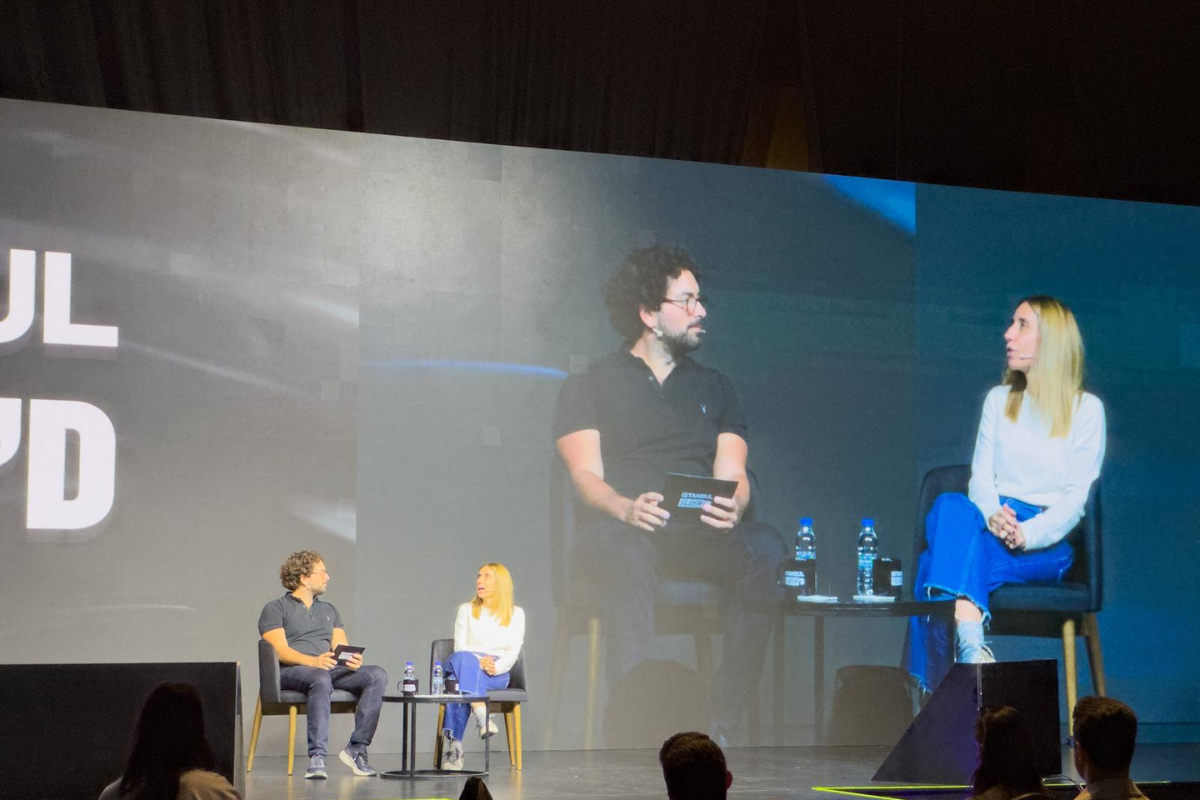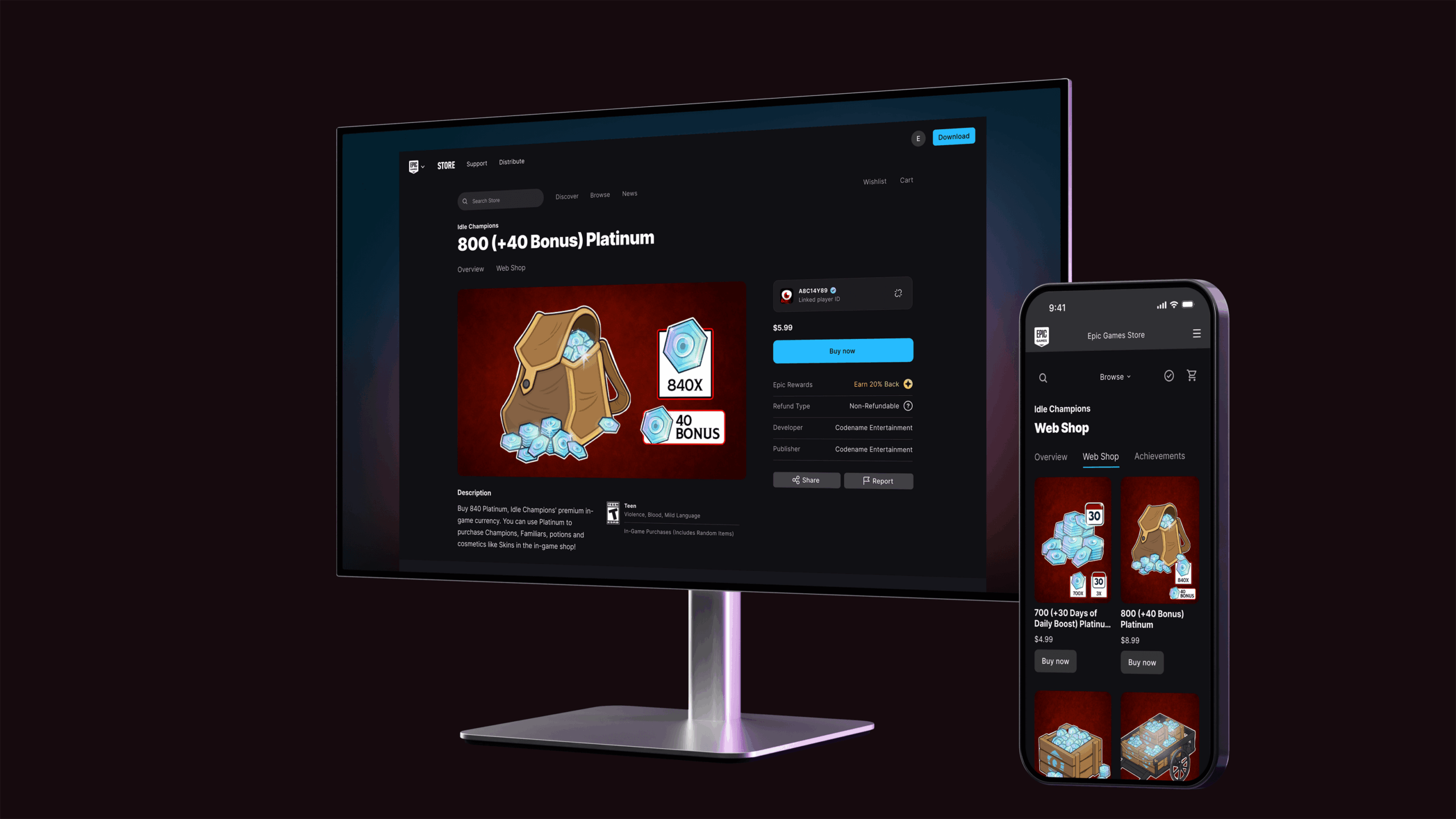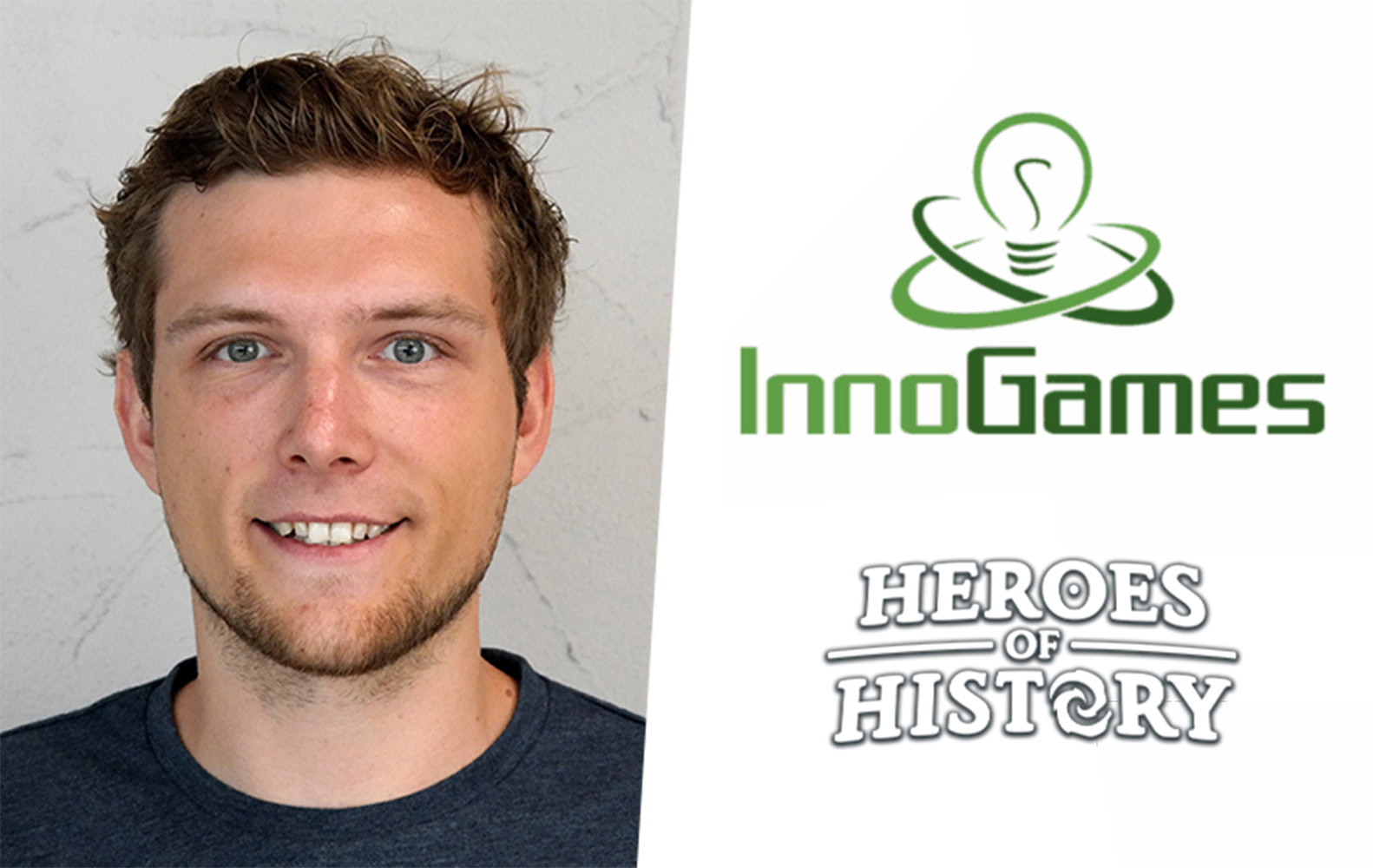Known for its evergreen titles, InnoGames continues to expand its portfolio with new projects. One such game, Heroes of History, is about to celebrate its first anniversary. Built on the foundations of Rise of Cultures, it brings together a variety of systems and mechanics worth exploring.
To dive into the development journey and future of the game, we sat down with Christian Noack, Expert Game Designer at InnoGames. In this in-depth conversation, he shares candid insights on design choices, lessons learned, and the vision shaping Heroes of History moving forward.
Heroes of History builds on the city-building foundation of Rise of Cultures, but evolves in several major directions. Can you walk us through the development history and the key creative decisions that shaped Heroes of History into what it is today?
Rise of Cultures, which we had released to some success in early 2022, provided us with several crucial building blocks, including a rich city progression with extensive content; a proven onboarding experience with best-in-class retention; action-based, real-time battles with hero abilities; a flexible event system; and invaluable player behavior data to inform our decisions.
However, we knew we needed to evolve significantly to create something compelling in today’s market.
Our central creative vision was to create a deep hybrid of squad-based RPG and city building – a combination rarely seen at this depth in the market. We strongly believed that the city-building and RPG elements needed to form a symbiotic relationship where each system enhances and drives progression in the other.
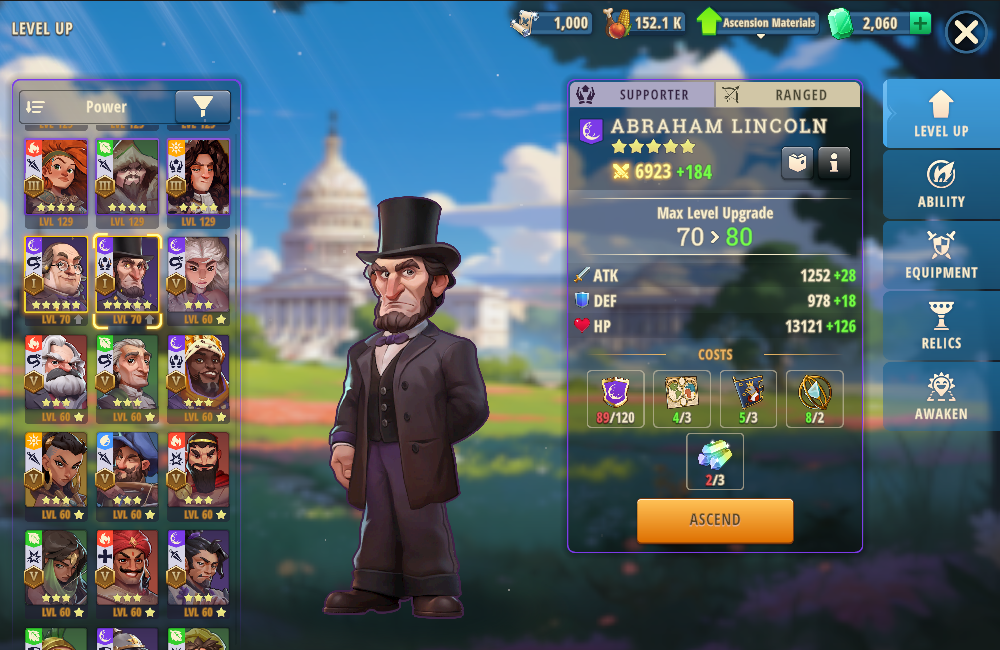
The historical theme of Heroes of History provides the perfect narrative foundation for our hybrid approach. Players gather authentic legendary figures from across human history who serve as both the emotional heart and mechanical backbone of our RPG pillar. These aren’t generic fantasy heroes, but real historical personalities that players can connect with and learn about while they drive progression forward
From a strategic perspective, we recognized that the mobile mid-core landscape demanded increasingly complex, layered experiences and live operations to drive long-term engagement. Our players expect multiple progression vectors and meaningful meta layers. Therefore, we made the bold decision to reimagine how city-building and RPG mechanics could synergize and enhance each other.
Meeting these expectations would require significant changes to proven features, but we believed that creating something truly unique would justify the risks involved.
How did you find the balance between deep city-building mechanics and squad-level combat and RPG progression without compromising on either?
Achieving this balance was perhaps our biggest design challenge. It required us to rethink how these systems could work together instead of competing for player attention.
Rather than forcing both to compete equally from the beginning, we designed the experience so that city-building provides the foundation while RPG complexity gradually takes center stage. This required us to streamline city gameplay by adopting idle mechanics inspired by idle games and eliminating the need for constant micromanagement while still maintaining strategic complexity.
With this approach, players won’t be overwhelmed by complex RPG elements from the start, while in the long term, they can delve deeply into hero optimization without feeling burdened by micromanaging city production.
The key breakthrough was making the city-hero relationship feel essential rather than superficial. We achieved this through multiple interconnected systems:
- Food as the Bridge: Food, produced in the city, became mandatory for hero leveling, creating immediate interdependence
- Heroes Drive City Progress: Heroes unlock research materials through campaign battles, advancing your civilization through the ages and unlocking more powerful buildings
- Barracks as Power Amplifiers: Barracks buildings within the city provide powerful battle boosts that scale with city development, directly impacting combat effectiveness
- Natural Catch-up Mechanics: The city serves as a catch-up mechanic, scaling the production of resources related to hero progression with city development. This allows newly acquired heroes to quickly become valuable additions to your roster
Another important aspect of this process was conducting extensive playtests early on to validate these interconnections. We needed to see how players engaged with both pillars and eliminate as much friction as possible.
Rather than simplifying either pillar, we preserved the meaningful agency of both, while changing how they interacted. The city retained its complex resource webs and building placement decisions, and the RPG layer offered depth with multiple progression vectors, such as levels, abilities, awakening, and elemental systems.
When players invest in their city, they directly improve their hero’s capabilities. Likewise, when they progress their heroes, they unlock new city development opportunities. This creates a positive feedback loop in which neither system feels secondary to the other.
How do you approach and design Live-Ops/Events for Heroes of History?
Our Live-Ops approach is built around creating progression opportunities that complement our city-building and RPG pillars. While we inherited a flexible event system from Rise of Cultures, we evolved it to serve our hybrid gameplay model. Our core philosophy is that every event should feel like a natural extension of the core experience, providing fresh content to encourage long-term engagement.
Through tiered structures that scale with progression, we ensure that both newer players and veterans can find rewarding goals. We also maintain cohesive integration with our historical theme by using events to explore different periods, such as the Titanic’s journey or the Moon Landing. This makes events feel like individual chapters rather than temporary distractions.
Our Event Framework:
We launched with events as a core pillar and have continuously expanded them. Each event type serves a specific purpose:
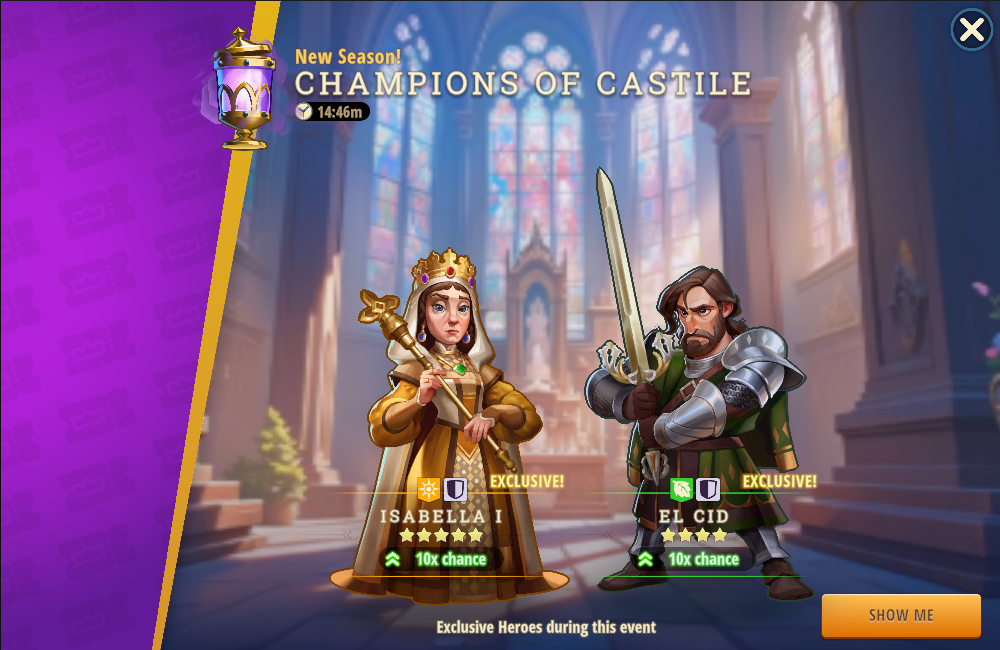
Seasons serve as our primary channel for introducing exclusive new heroes on a monthly basis. Each season revolves around a time-limited campaign in which players complete specific tasks to earn unique rewards. These rewards include special Gacha tokens that unlock the season’s new heroes from an exclusive Gacha Portal.
Every season introduces one new 5-star hero and one new 4-star hero, supported by a Battle Pass progression. This framework enables us to systematically expand our roster of heroes while fostering meaningful engagement through task-based gameplay that is directly tied to our core loop.
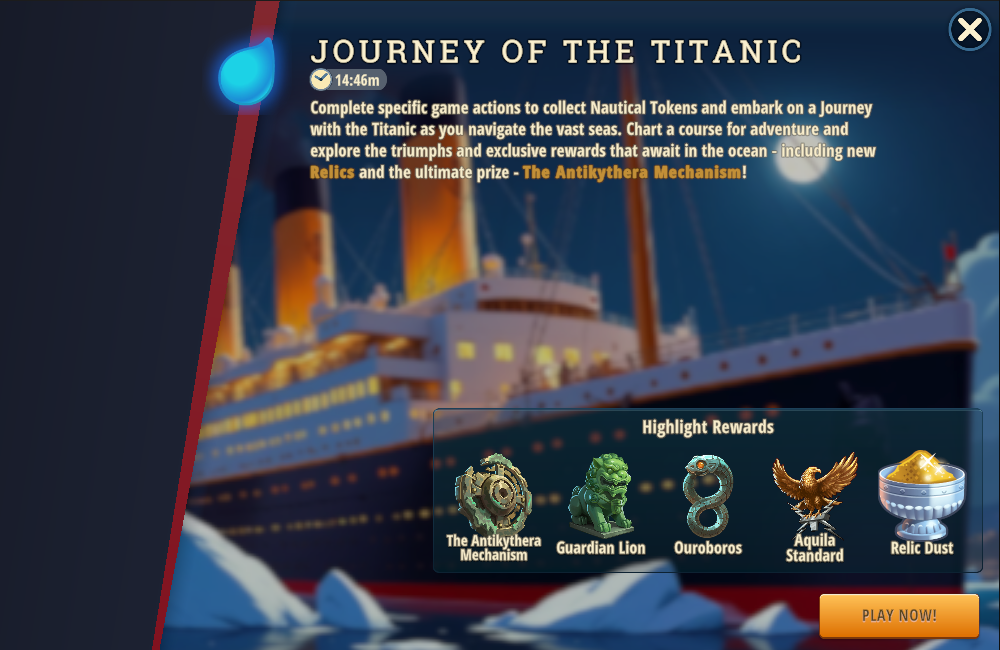
Seasonal events follow a three-week cycle with intentional breaks to maintain player engagement without overwhelming them.
These events serve two purposes: they foster sustained activity and are the exclusive source for Relics. Relics provide stat bonuses and unique abilities for the hero wearing them. Seasonal events are accompanied by weekly Milestone and Leaderboard events. These events generate the event currency and create regular engagement touchpoints as players progress toward the main rewards.
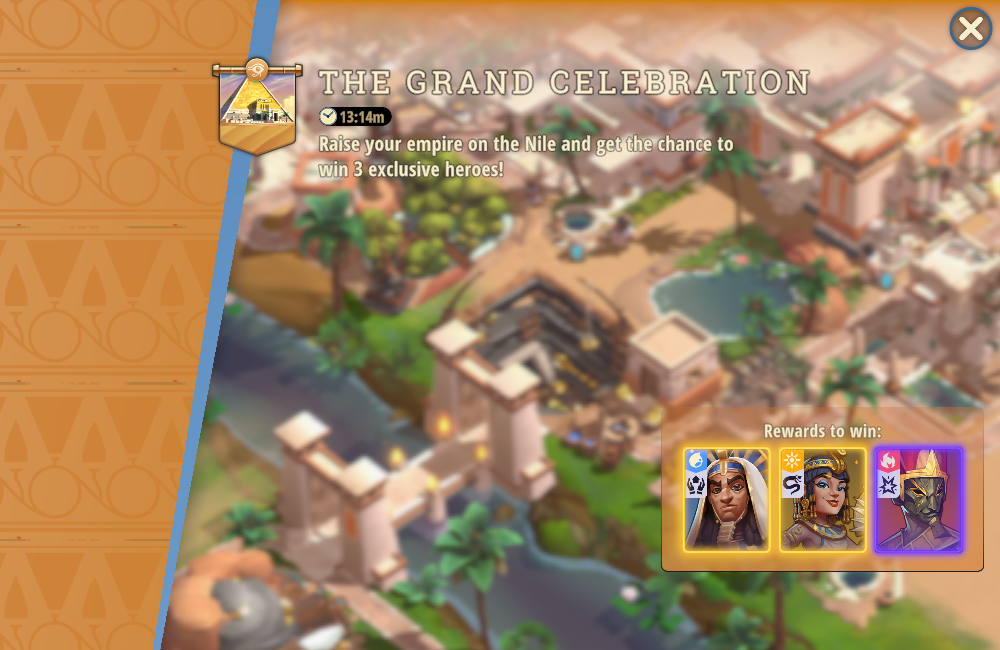
Weekly Recurring Events provide focused bursts of fast-paced gameplay, which are designed for shorter, more intense sessions. Our standout success story here has been Allied Culture Events, which has exceeded our original expectations.
During development, we initially removed Allied Cultures, which we had taken over from Rise of Cultures. However, we then found the perfect opportunity to reintroduce this beloved content as weekly, rotating events. They are popular because they offer players temporary, specialized cities with accelerated build-up mechanics and frequent reward intervals, creating a distinctly different pace from our core gameplay.
Each Allied Culture event immerses players in authentic historical themes and provides exclusive rewards and culture-specific heroes that enhance the main progression. Currently, we rotate four distinct event cities on a weekly schedule. Each city features unique gameplay mechanics, building systems, and exclusive heroes, such as Cleopatra from Egypt or Ragnar Lodbrok from the Viking Kingdom.
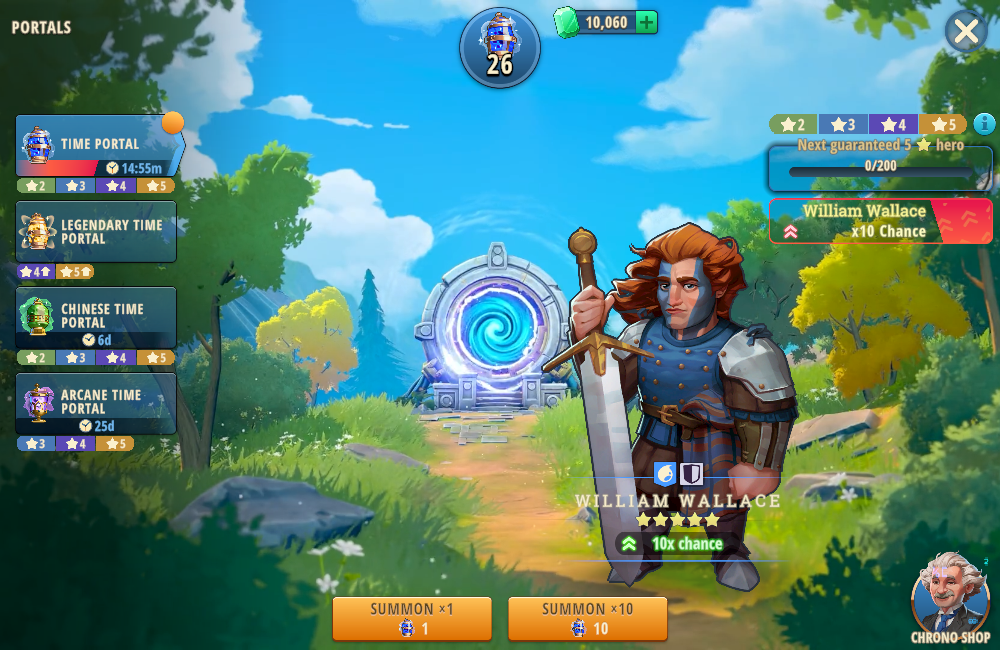
Promotional Rate-Up Events address the challenge of Gacha pool dilution by offering players strategic acquisition opportunities. By boosting the drop rate of specific heroes, these events enable players to invest resources strategically within a limited timeframe. They also generate excitement among our player base. These events ensure an equitable progression of experiences for all players and enable deliberate roster optimization strategies.
All these building blocks form a cohesive ecosystem where players are motivated to participate in every event type by structuring them with clear goals, predictable schedules, different gameplay, and varying time commitments.
They all contribute essential elements that enrich the Core-Loop in a substantial way.
What were some of the biggest challenges your team encountered during development?
Working with the Rise of Cultures’ legacy systems required strict discipline. Each change had to be carefully evaluated against the proven foundation upon which we were building. This put us in a defensive position, forcing us to strike a delicate balance between preserving what already worked and significantly evolving the game to meet our ambitious goals. We had to find ways to enhance and transform these features without losing their core value. While this constraint offered benefits, it also meant that we had to be incredibly thoughtful about every design decision.
We made difficult choices about what to cut from the original game. Many features were removed in their original form. Each of these decisions felt significant because we were cutting content that players in Rise of Cultures loved. However, these cuts were necessary to make room for our new vision. Fortunately, we later found ways to reintroduce some of this content, such as Allied Cultures, through our event system.
From a game balancing perspective, aligning all progression paths was equally complex. Hero progression, city development, and gacha mechanics all influenced each other in complex ways, and each had different pacing and random factors. It wasn’t just difficult to balance individual features; it was also difficult to ensure they worked harmoniously across years of potential gameplay.
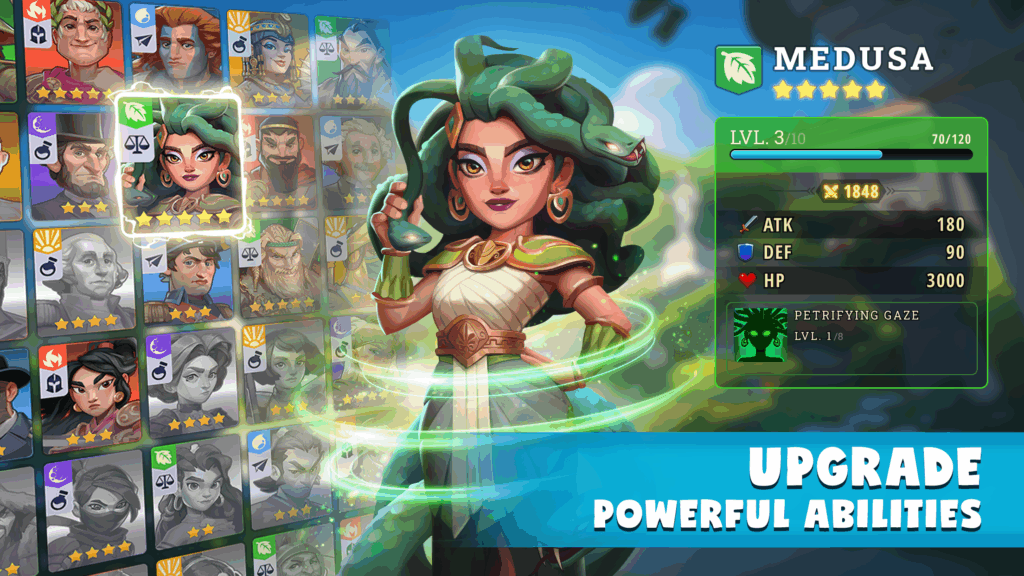
A critical aspect of this complexity was managing scarcity across our numerous interconnected resources. With dozens of resources introduced over time, we had to carefully avoid creating complete progression deadlocks.
When players are simultaneously blocked by multiple scarce resources, it feels demotivating rather than a challenge. Therefore, we designed these scarcities to oscillate over time. For example, Research Points might sometimes be the limiting factor, while other resources are abundant and vice versa. This creates focused, solvable objectives that feel rewarding to overcome rather than overwhelming barriers.
Perfecting the transition from city-building focus to hero-centric gameplay and creating this symbiotic relationship was equally demanding. The timing, pacing, and execution of this transition required extensive testing iterations. We had to determine the exact moment at which hero progression should take center stage, ensuring that players wouldn’t feel as if they were abandoning their cities or overwhelmed by new complexity.
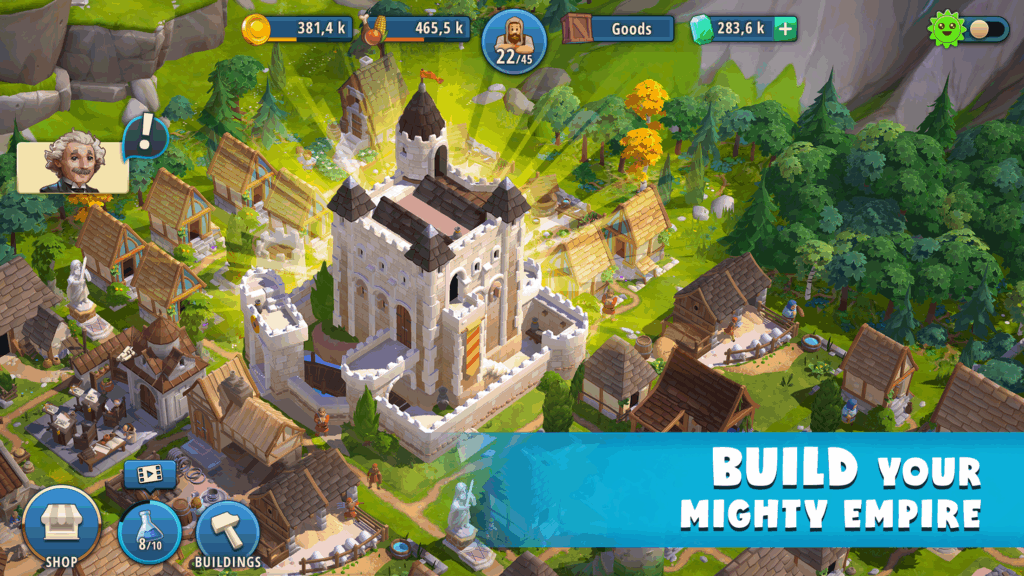
Another significant ongoing challenge is mastering the dynamics of the hero collection layer. These games thrive by creating scenarios in which specific heroes excel in different battle modes, inspiring players to acquire them over time. Achieving the right balance from the beginning was a complex puzzle. Even today, we are continuously iterating on this topic, carefully considering how each new hero will stand out in different modes. Maintaining this strategic diversity is one of our most important ongoing priorities.
Our experience working on Heroes of History confirmed that successful hybrid games demand a fundamentally different design philosophy. The crucial parts are developing a deep understanding of how disparate game systems can be connected to form a new cohesive vision and implementing early testing to validate and guide your path forward.
What are the most valuable lessons you’ve taken from developing Heroes of History?
One important strategic lesson was validating the evolutionary development approach. Building on the foundation of Rise of Cultures allowed us to launch with proven features while focusing our innovation efforts on the Squad-RPG integration.
This approach significantly reduced risk and development time compared to starting from scratch. Working within legacy system constraints actually drove more creative solutions than we might have found starting fresh. For example, streamlining city mechanics led us to idle game inspirations that improved the player experience. Limitations often become catalysts for better design decisions.
From a design perspective, the most important lesson was that authentic hybrid games require deep system interconnection rather than surface-level integration. Adding RPG mechanics to a city builder without creating strong mutual dependencies results in parallel progression tracks that compete for attention. Effective hybrid design ensures that optimal play in one system directly enhances and requires engagement with the other.
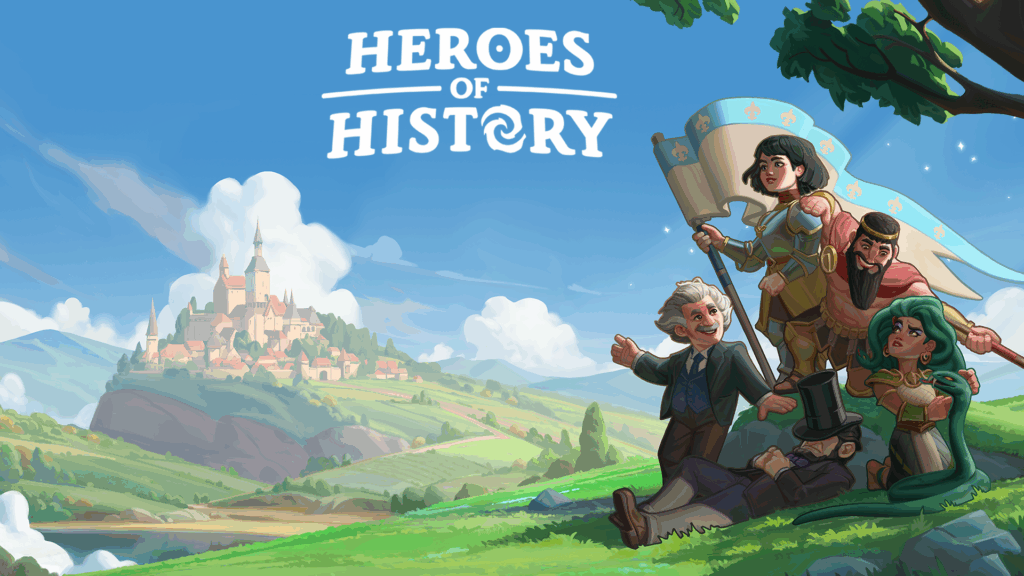
While iteration is always important in game development, it is especially important in hybrid games. Interconnected features mean that changes ripple across multiple gameplay pillars simultaneously. Finding the sweet spot for our city-to-hero transition and game balance required far more iteration cycles than single-genre titles because there were exponentially more variables to optimize.
Another key takeaway was the importance of not being afraid to attempt something our team hadn’t done before. Although the deep genre hybridization of Heroes of History was mostly uncharted territory, we approached it with confidence, backed by market research, early playtesting, and iterative validation.
What advice would you give to other teams looking to combine different gameplay pillars, like city-building, RPG elements, and real-time combat, into a cohesive experience?
Our journey on Heroes of History has been shaped by the challenges and opportunities of blending two genres while building on proven foundations. The lessons we learned can be distilled into four key areas that are essential for hybrid game success:
Find a genuine market opportunity:
Conduct thorough research to identify untapped potential in the market. Don’t combine systems just because you can. Make sure there’s a genuine gap that players want filled but hasn’t been adequately addressed yet. Study existing attempts at similar combinations, understand why they succeeded or failed and why a specific combination offers something meaningfully different and valuable.
Validate early and often:
Traditional market research has limited applicability to untested genre combinations. Build validation frameworks that measure cross-system engagement, not just individual performance. Early testing is critical to understanding if players embrace the full hybrid experience or cherry-pick their preferred elements.
Establish flexible foundations early:
Build your foundation with adaptability in mind, as it will serve as the basis for rapid prototyping and content creation throughout development. Invest in flexible tools and workflows that empower your entire team to iterate efficiently.
This flexibility is crucial for successfully integrating new features and meta layers. Rise of Cultures’ flexible architecture proved invaluable in this regard. Our Entity Component System and flexible balancing tools enabled us to repurpose major systems for the hybrid requirements of Heroes of History in a matter of weeks instead of months.
Fully commit to your new core:
Embrace your new gameplay pillars and make the necessary changes to properly address them from a player’s perspective. Half-measures create a confusing experience. If you want RPG elements to become central, make sure the entire game supports that transition through the UI, pacing, tutorials, and reward structures.
Ultimately, hybrid games and the evolutionary approach require different design philosophies, development processes, and validation approaches. From our experience, respecting that complexity from day one makes all the difference in how you handle these inevitable challenges.
What can you tell us about your plans/updates for Heroes of History’s future?
Heroes of History is approaching its first anniversary, and we’re thrilled about what we’ve achieved and what’s to come. Since launching, we’ve consistently received positive feedback from our community, confirming that we’ve created something unique that resonates with players. The hybrid experience we envisioned is truly connecting with our audience.
Our team is incredibly passionate about the game and its future. We’re fortunate to have an extensive backlog of ideas, that are also shaped by the feedback and suggestions from our engaged community.
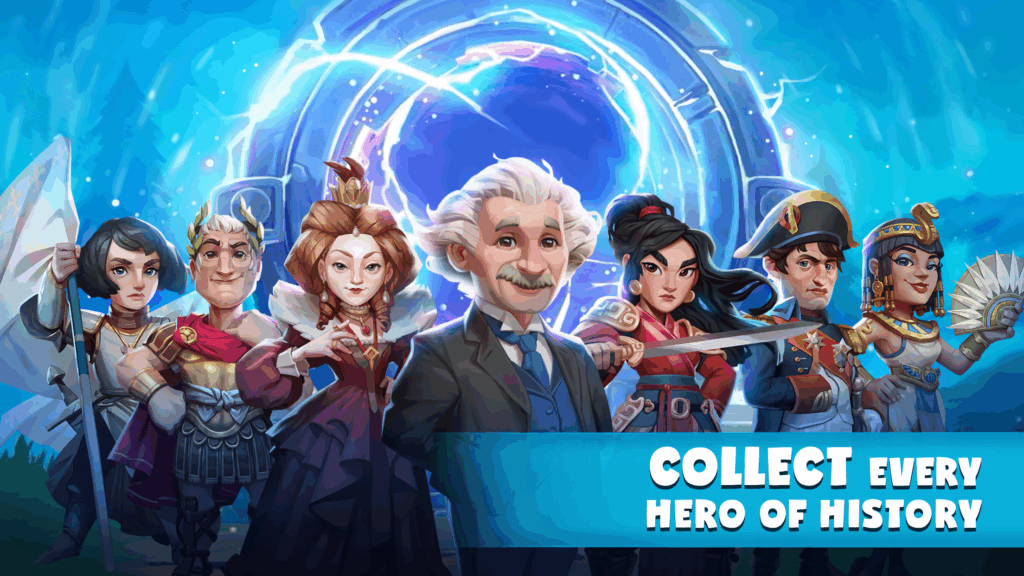
For the remainder of the year, we’re focusing on expanding the social dimension of Heroes of History. We’re working on new functionality and improvements, as well as a new game mode for Alliances. This new mode will also unlock a new progression path for heroes and create deeper collaborative experiences.
We’re also enhancing our Live-Ops ecosystem by iterating on our events and reward structures to ensure that players always have compelling content to look forward to. Our Anniversary Event will be a highlight in that regard, featuring special content, exclusive rewards, and community activities that honor this milestone with our players.
Looking beyond this year, we’re exploring new historical periods and cultures to expand our world, as well as developing new game modes and progression systems. We’re also committed to maintaining our monthly content cadence with new heroes, events, and gameplay features.
We’re most excited that every major update and addition we’re planning has been inspired and informed by our incredible community. Their enthusiasm, feedback, and dedication make these ambitious plans possible.
This first year has been incredible. But it’s really just the foundation for the amazing journey ahead.
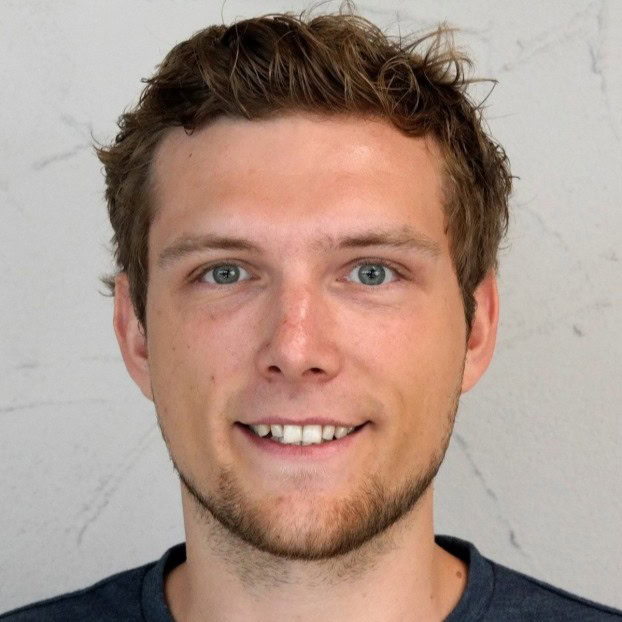
Expert Game Designer at InnoGames GmbH



